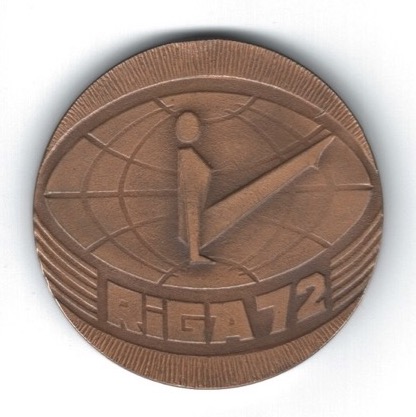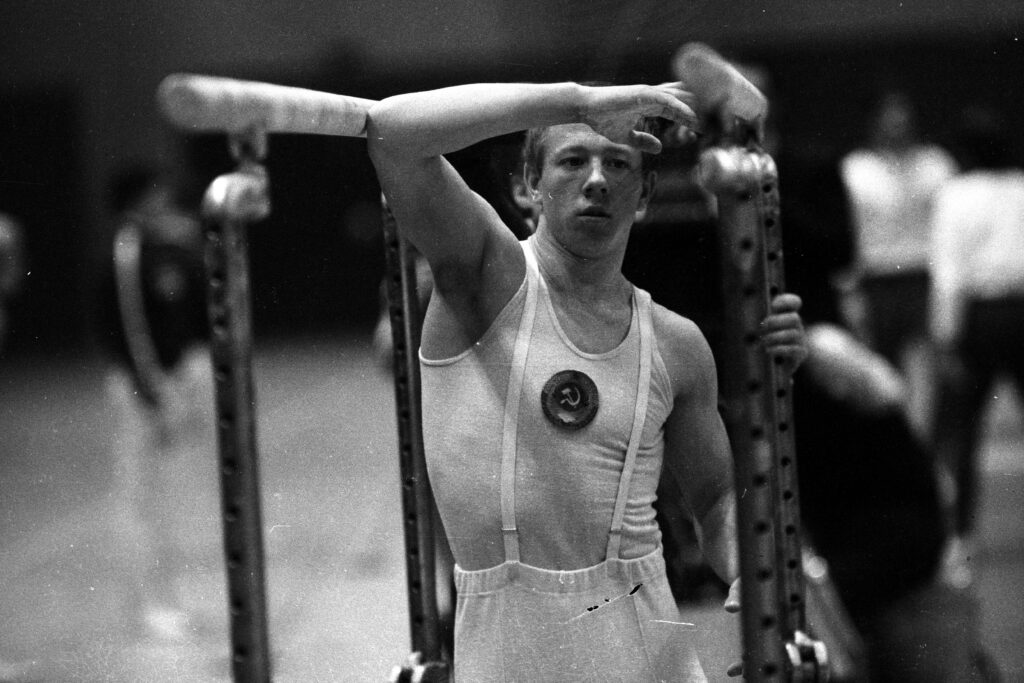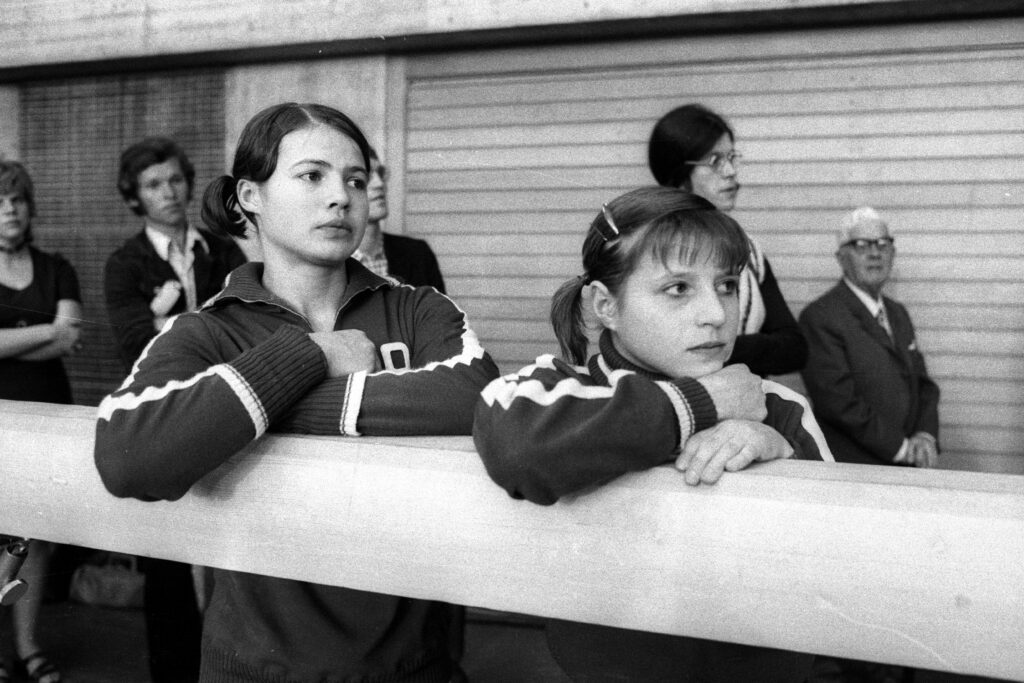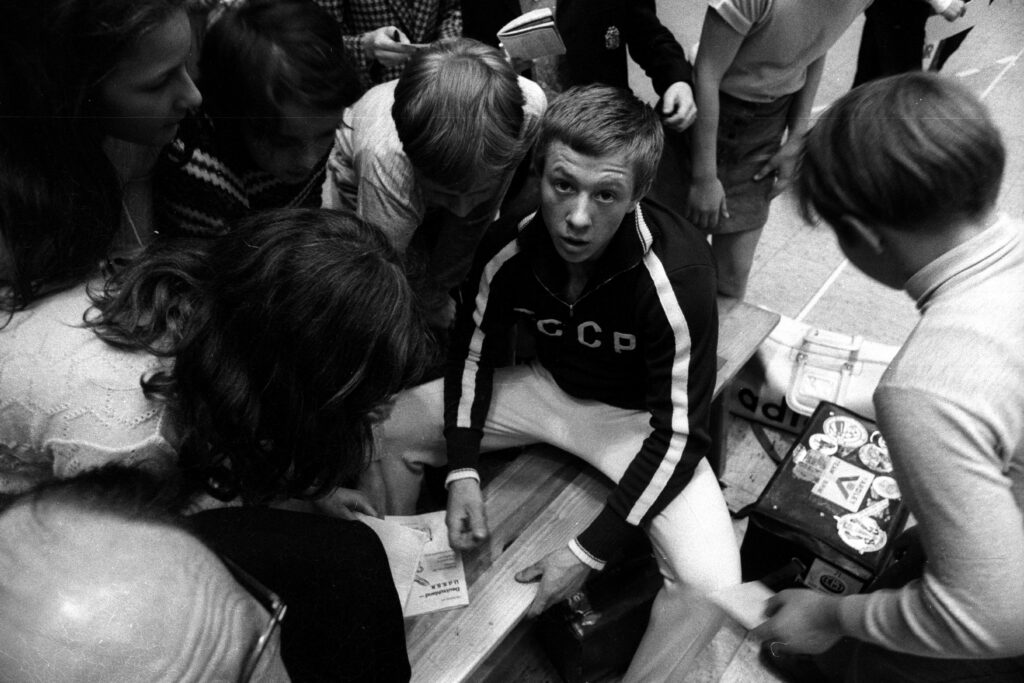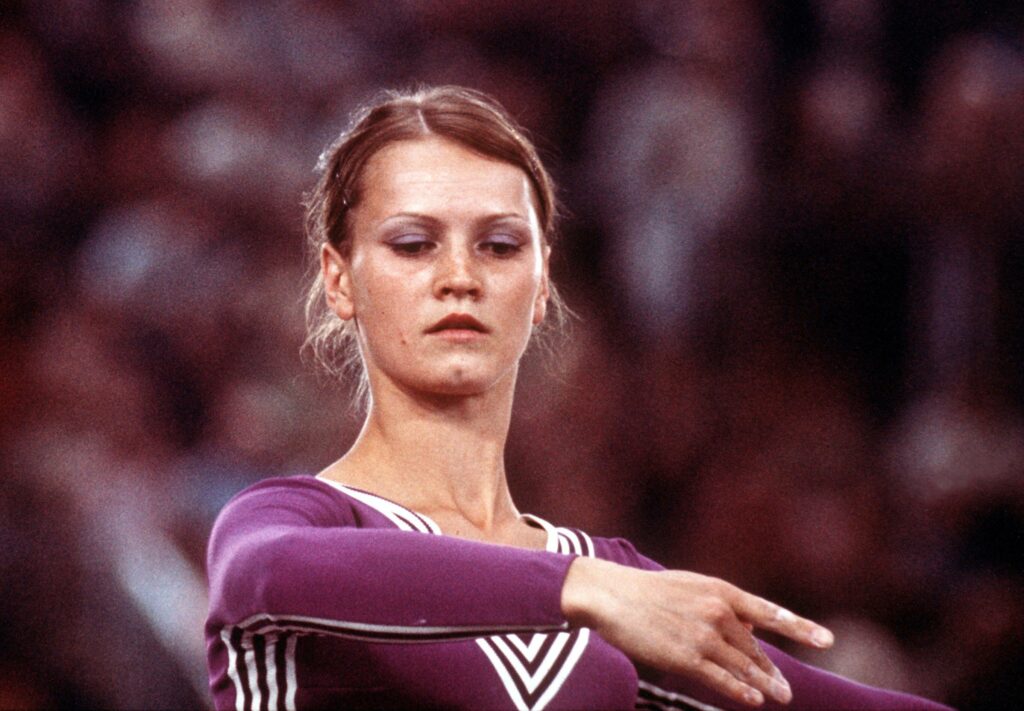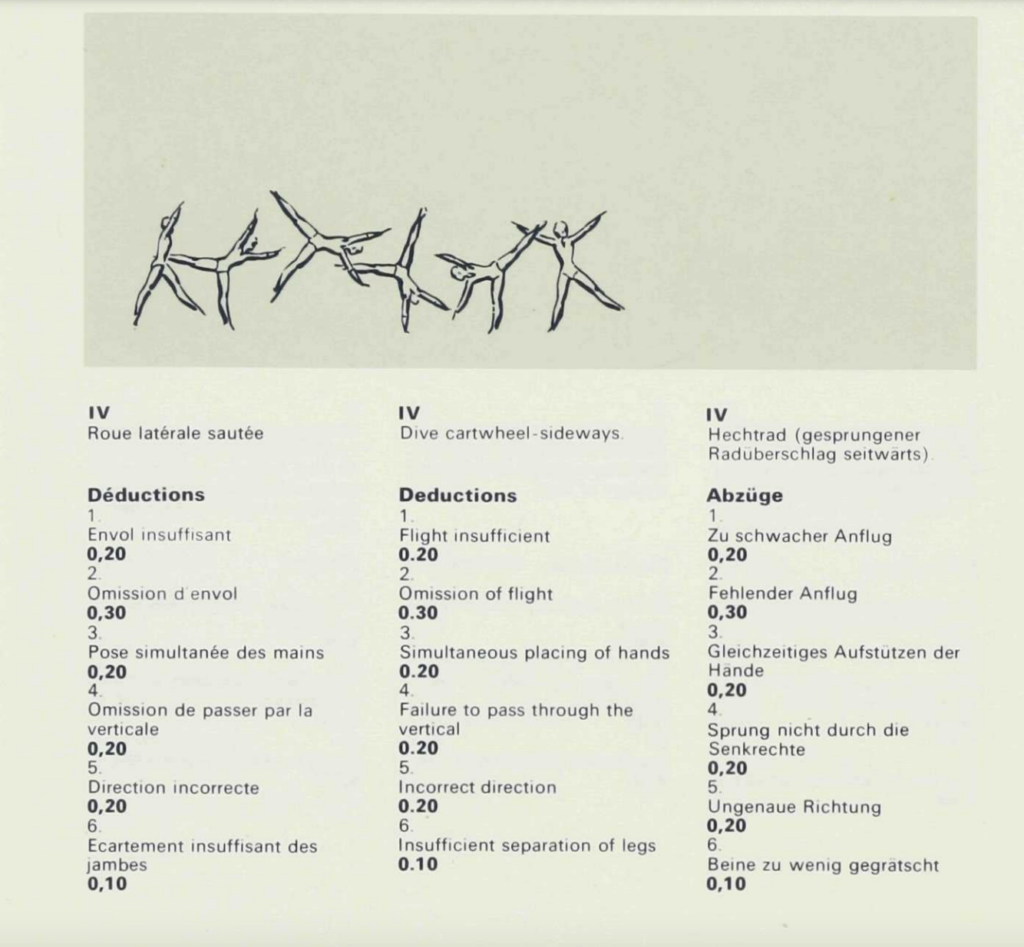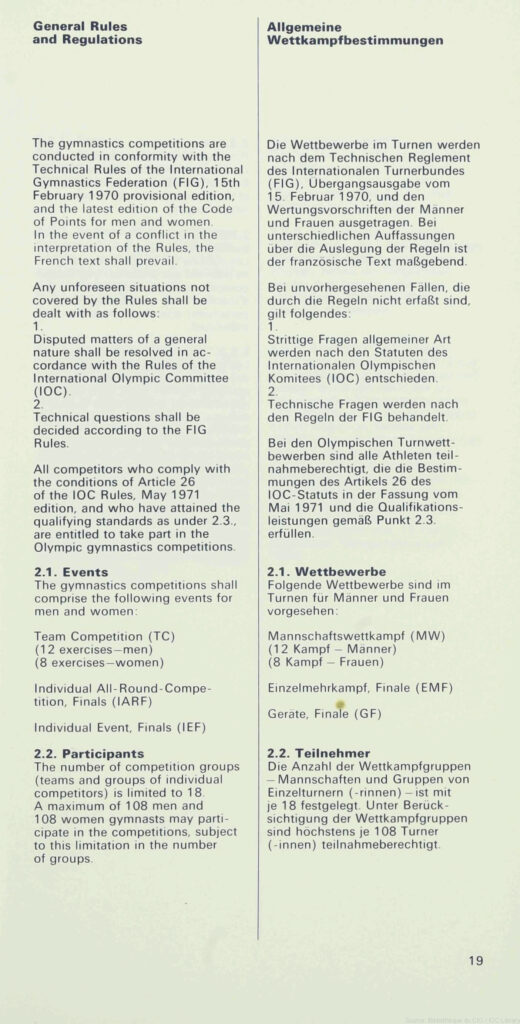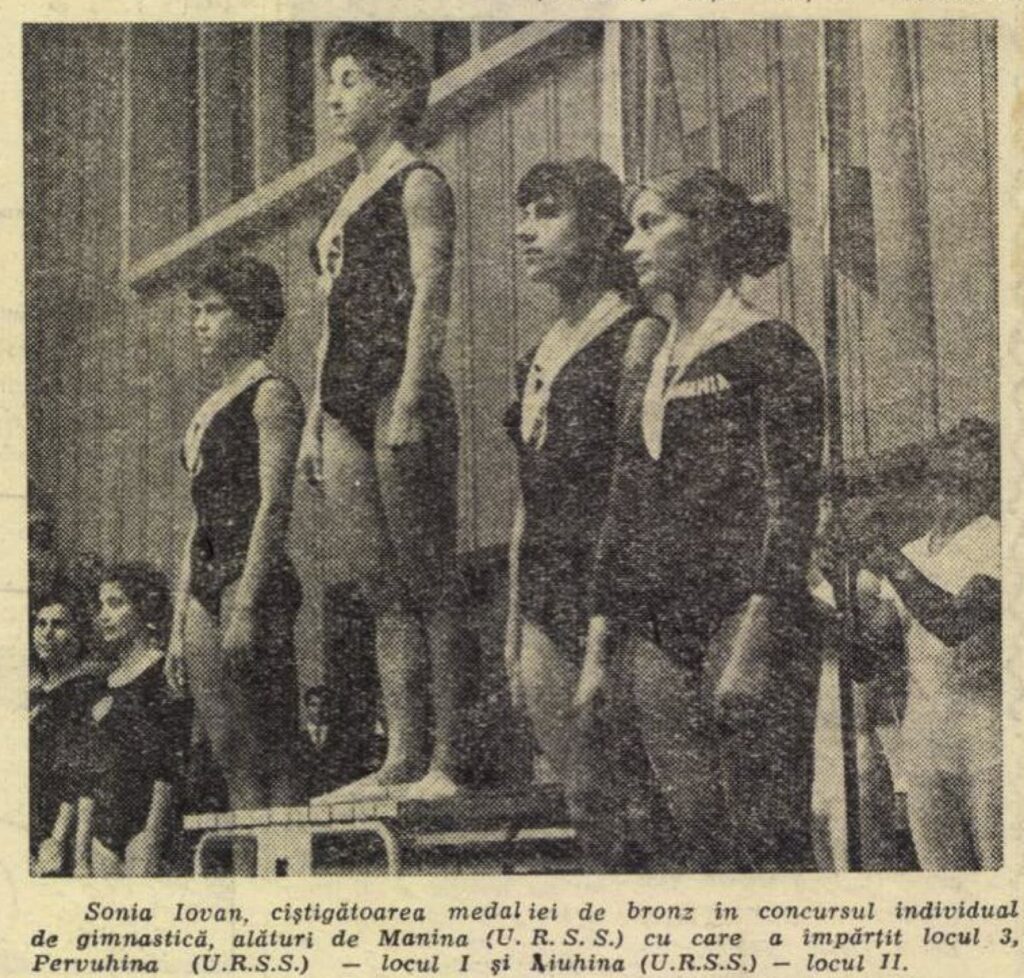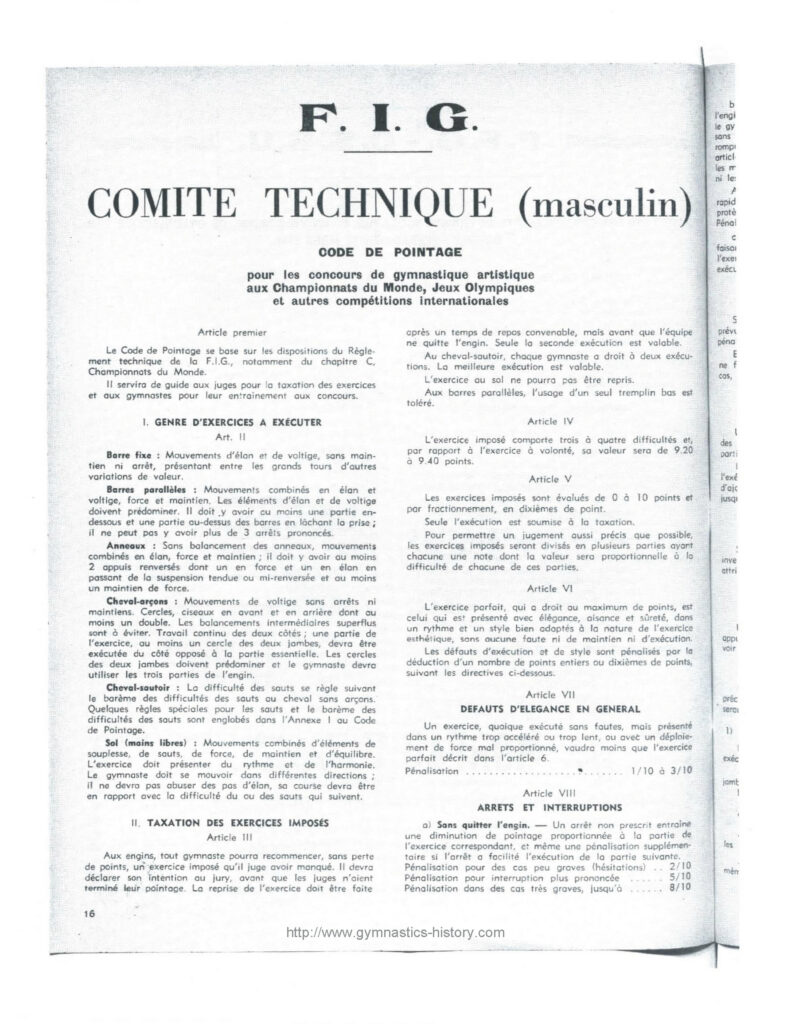The Riga International was one of the big competitions early in the 1972 competitive season. It allowed gymnasts to try out the compulsory routines in an international setting and test new elements.
On the women’s side, Korbut swept all five gold medals while performing many of the skills that would captivate the world in Munich. (Unfortunately, her struggles on bars continued.) Plus, Bogdanova (URS) performed one of the first double fulls off beam, while Gehrke (GDR) performed one of the first Tsukahara vaults in women’s artistic gymnastics.
On the men’s side, Tsukahara unveiled a new dismount off high bar: a full-twisting double back. And Zoltán Magyar performed his famous travel on pommel horse.
Here’s what else happened at the 1972 Riga International…
